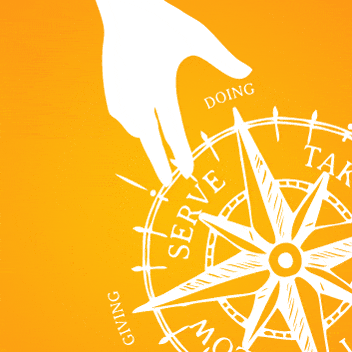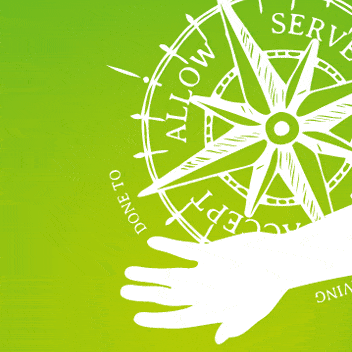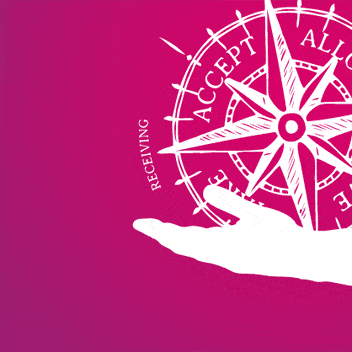
4 practical ways you can avoid burnout or overgiving at work
When I talk about the Wheel Of Consent people often assume I’m just talking about how to get better at navigating relationships at home – with lovers, partners, family.
But we also have to navigate relationships when we’re working. And that’s something people don’t often give a lot of thought to.
Many of us spend more time with those we work with than we do with our loved ones.
The interactions you have with your boss could actually be just as significant than the ones you have with your lover – if not more so!
So it would make sense to have tools to understand how to navigate relationship dynamics at work as well as at home, right?
Fortunately the Wheel Of Consent is equally useful in the boardroom as it is in the bedroom!
One of the most common problems I hear about in a work context is overgiving
So what do I mean when I use that term?
Overgiving can happen a couple of ways:
- you’re doing something which is more than you’re willing to – or something you don’t have a choice about.
- you’re doing something which hasn’t been requested
Even if you love your job overgiving can still be a problem.
For many people overgiving means burnout
What burnout actually means is not so much that you’ve been working hard (although that’s often a part of it) but more that you’ve over-ridden your own limits until you’re under-resourced, or running on empty.
This LinkedIn article looks at some of the causes of overgiving or burnout at work.
And a lot of this comes down to your relationship with willingness (see tip 2 below).
When you give more than is required
For those who work for themselves there can be a different slant to this issue.
You can find yourself wanting to go above and beyond what’s actually required, in order to make a good impression and keep your clients happy.
You might think you’re showing willing, but does your client really want it? If they don’t your efforts are likely to be unappreciated, and that can build resentment (not to mention burnout).
This article by Mark Silver highlights some of the issues when you’re caught between generosity and overgiving.
“Leaping into action immediately is actually where the overgiving originates from. It’s the habit in Western culture of immediately trying to fix something, instead of being with it.” Mark Silver, Heart Of Business
4 Practical steps you can take to avoid overgiving and burnout at work
Often we end up overgiving because we don’t really know where our own limits or boundaries are in the context of the working relationship. So the most important thing you can do is learn about the parameters of your own willingness.
Here are some ways to reduce burnout and overgiving that I’ve found really effective in my own working life:
1. Pause more. In a work context it can be so easy to be instantly reactive – someone says ‘jump’, you say ‘how high?’. Next time you notice this impulse try slowing things down.
Instead of dashing off an immediate reply to an email, leave it half an hour and use that time to reflect on how you actually feel about the thing in question.
If you’re in a meeting take a couple of breaths before responding to someone, or even ask if you can get back to them later with your response.
2. Ask yourself how willing you are. Taking a pause before you respond to a request for you to jump, or make an offer to jump, allows you to figure out whether you’re even willing to jump at all!
Your willingness could be on a scale from ‘super-willing any time’, to ‘willing enough but not until tomorrow’, to ‘barely willing, and only if it’s right now’, to ‘not willing’. (And of course there are times when we just don’t have a choice).
To be able to stay in integrity with what you’re willing for you also need to be able to notice, trust, value and communicate your impulses around it (watch this video for more about that)
3. Get focussed about your resources – figure out what’s going to work for you before you respond to a request, or make an offer.
So instead of just jumping on a call when you’re already juggling several other tasks, you could say ‘I’ve got half an hour free in my schedule later today and I’d love to give some time to you – how can I be of most help?’
Making this kind of open-ended offer also means the other person can figure out how they can make the most of having access to you as a resource.
4. Practice receiving more. To give wholeheartedly you need to make sure you’re not using up more resources than you have.
When you don’t meet your own needs enough it can be easy to fall into a pattern of trying to make yourself feel better by giving to others. In my experience this never works. You can’t fill an empty cup by pouring more water out of it!
Put some time aside to get clear about what you want, need, or desire for yourself in your work context. Then figure out how you can go about meeting some, or all, of those things.
Work with me one-to-one to get better at navigating your willingness, and building skills for better boundaries
The quadrants
Each quadrant in the Wheel Of Consent creates a different experience and teaches you something different about yourself. Learn more about each one:
Enjoyed reading this?
If you've found this page helpful you can get more tips and resources for better relating straight to your inbox. Sign up here and get my free How To Be Heard guide to start you off:
Explore more:
A simple approach to consent and boundaries
If you feel overwhelmed by the idea of consent and boundaries here are some simple things to focus on which will make it easier to understand.
Read MoreWhy are we so scared of talking in the bedroom?
Talking in the bedroom is often viewed as ‘dirty’ or avoided completely. Find out why it’s time to change that narrative.
Read MoreGiving and receiving explained – 6 key ways to tell the difference
If you think giving and receiving don’t need to be explained you might be surprised by this handy guide that breaks down the differences
Read MoreEvents & courses
Learn To Touch – Supported Self Study Course
Online. Discover a whole new approach to touch that will change how you feel – literally! A short, affordable, practical guide you can learn in less than an hour a day.
Read More







